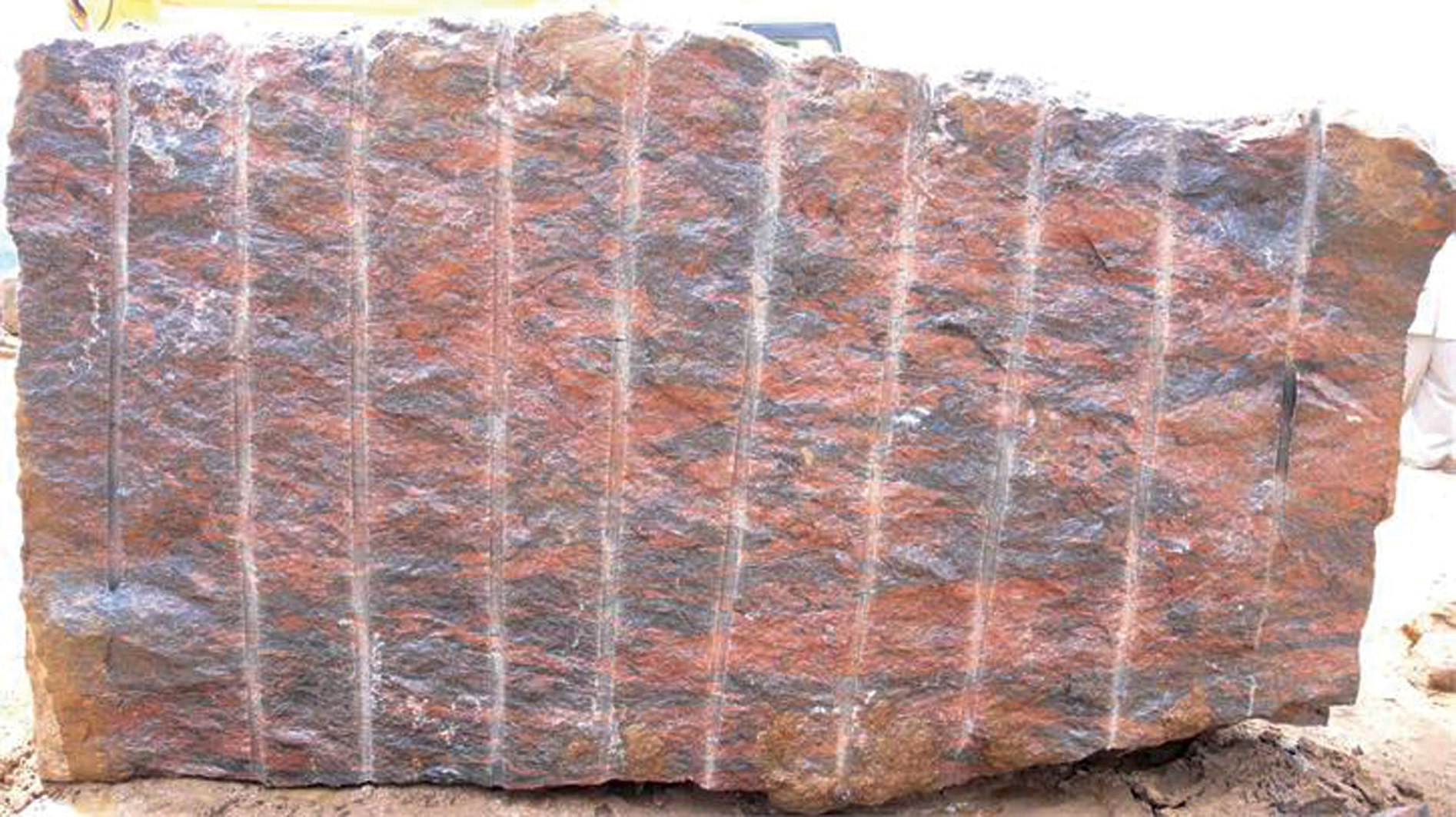Uncovering the Rich Background and Sustainable Practices of Granite Quarrying
As we depend on the precipice of discovering the elaborate tapestry of granite quarrying, a journey with time exposes not simply the physical act of drawing out rock however additionally the social and historic value woven right into the extremely fabric of this practice. From the ancient origins that laid the foundation for modern quarrying techniques to the lasting techniques that are shaping the future of this industry, each chisel mark on granite surfaces narrates waiting to be uncovered (granite quarries in south africa). The legacy of granite quarrying extends much beyond plain extraction; it is a testament to human resourcefulness, durability, and the long-lasting attraction of this majestic stone
Old Beginnings of Granite Quarrying
Dating back to old human beings, the practice of quarrying granite has been an essential part of human history and building improvement. The earliest evidence of granite quarrying go back to old Egypt, where enormous pyramids and intricate sculptures were crafted from this sturdy rock. The Egyptians used primitive devices to remove granite blocks from quarries, showcasing the relevance of this material in their significant constructions.
Relocating onward in background, the Greeks likewise made significant payments to the quarrying of granite. The Greeks used granite in various building wonders, such as temples and statuaries, showing their skill in shaping and carving this durable rock. The Romans even more fine-tuned the strategies of quarrying granite, utilizing advanced tools like blades and hammers to essence and form granite for their legendary structures.
Through the centuries, the method of quarrying granite has advanced, with modern innovations improving effectiveness while maintaining the classic allure of this natural rock - granite quarries in south africa. From ancient civilizations to modern contractors, the heritage of granite quarrying remains to form our globe
Evolution of Quarrying Techniques
The development of quarrying methods has actually been marked by a continual progression towards greater performance and precision in extracting granite. From the simple techniques used by our ancestors to the sophisticated modern technologies used in contemporary quarrying operations, the market has actually undertaken substantial developments. Early quarrying strategies involved manual work with fundamental devices such as blades, hammers, and wedges to remove granite blocks from the earth. As people proceeded, techniques like fire-setting and primitive nitroglycerins were presented to assist in the extraction process.
Improvements in computer-controlled devices and 3D modeling have actually optimized quarrying operations, leading to minimal environmental influence and enhanced sustainability practices. As the demand for granite proceeds to increase, the advancement of quarrying techniques stays important to conference market Discover More requires efficiently and sustainably.
Social Significance of Granite
Granite holds a profound cultural relevance across numerous civilizations because of its long-lasting existence in building work of arts and respected monoliths. From the marvelous pyramids of Egypt to the detailed carvings of the Angkor Wat temple in Cambodia, granite has been a material of selection for sharing splendour and long life in social heritage. In old Rome, granite columns adorned temples and public buildings, signifying stamina and permanence. The cultural importance of granite extends beyond its physical features; it embodies strength, stability, and timelessness, making it a symbol of sustaining legacies and practices.

Sustainable Practices in Quarrying
Among the abundant background of granite quarrying and its social significance exists an expanding emphasis on lasting techniques within the industry. As ecological recognition and concerns about source deficiency have enhanced internationally, the quarrying market has increasingly embraced lasting approaches to minimize its influence on the atmosphere and bordering communities.

Furthermore, recovery and rehab of quarry websites post-extraction are important to lasting techniques. By bring back quarried areas to a click here now natural or beneficial state, such as developing wildlife environments or leisure rooms, quarriers can offset the ecological impact of their procedures and contribute positively to the regional ecological community.
Legacy of Granite Quarrying
With a historic backdrop soaked in craftsmanship and industrial progress, what enduring influence has granite quarrying left on the landscape of modern society? The heritage of granite quarrying goes beyond plain removal practices; it has actually formed building wonders, metropolitan landscapes, and cultural heritage worldwide. The sturdy nature of granite has made it a favored choice for monoliths, buildings, and framework, standing as a testament to the skill and artistry of quarry workers across generations.
Furthermore, the economic footprint of granite quarrying can not be forgotten. The sector proceeds to provide employment possibility and drive local economic climates in areas where granite removal is widespread. It has also spurred technological innovations in quarrying strategies and devices, resulting in much more effective and lasting methods.
In regards to sustainability, the important site tradition of granite quarrying consists of efforts to minimize ecological influences via improvement jobs and liable source administration. By balancing economic rate of interests with ecological stewardship, the industry strives to make sure that future generations can remain to gain from this enduring all-natural source.
Final Thought

Comments on “Granite Quarries in South Africa Wonders: Discovering the Quarry Landscape”